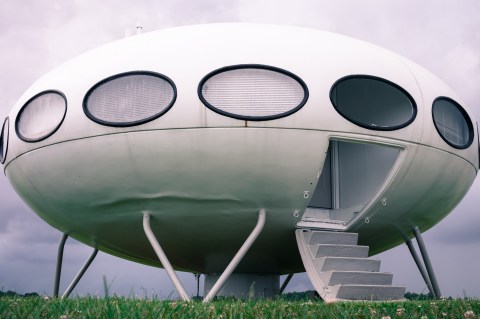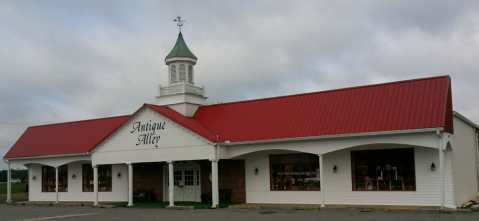The Deadly History Of This Delaware Bridge Is Terrifying But True
The Indian River Inlet Bridge has a long and dark history, with death and collapse being a regular occurrence. Do you travel this way regularly? Did you know about its terrifying but true story?

Bridge technology wasn't exactly great yet, and the rapid waters and exposure of the Indian River Inlet took this first bridge down in less than five years.
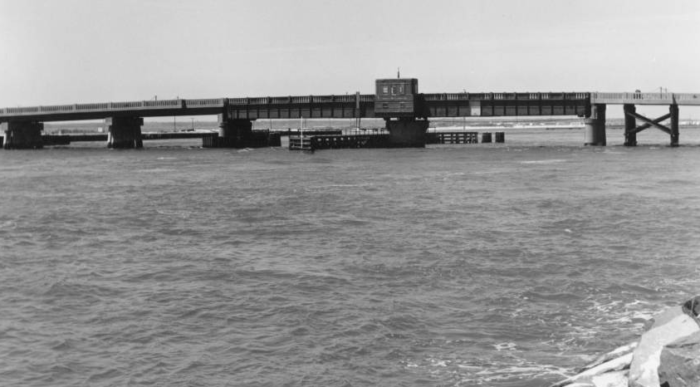
Though it seemed to be much more stable than its predecessor, the second Indian River Inlet Bridge collapsed in February of 1948, just 8 years after it was built, taking with it three souls. All from Dover, they plunged into the icy water, and perished at the scene. Maybe these deaths should have been a clue that the Indian River Inlet Bridge project was doomed.
Advertisement

I cannot imagine a more horrifying scenario than what these men must have suffered in their final moments.
Advertisement
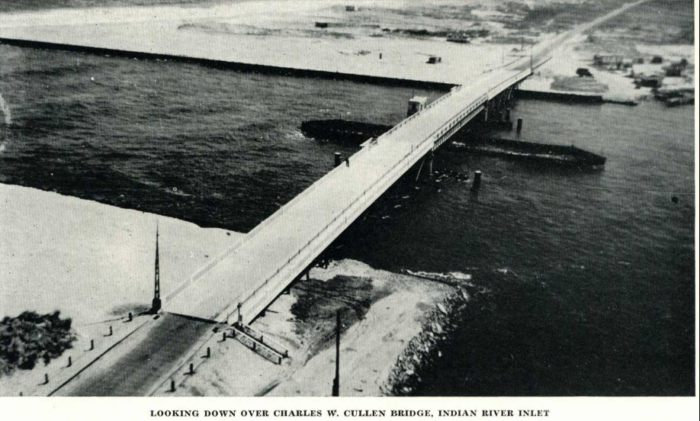
This bridge was holding up well to the currents and swirling waters of the inlet, but it did not last more than a decade.
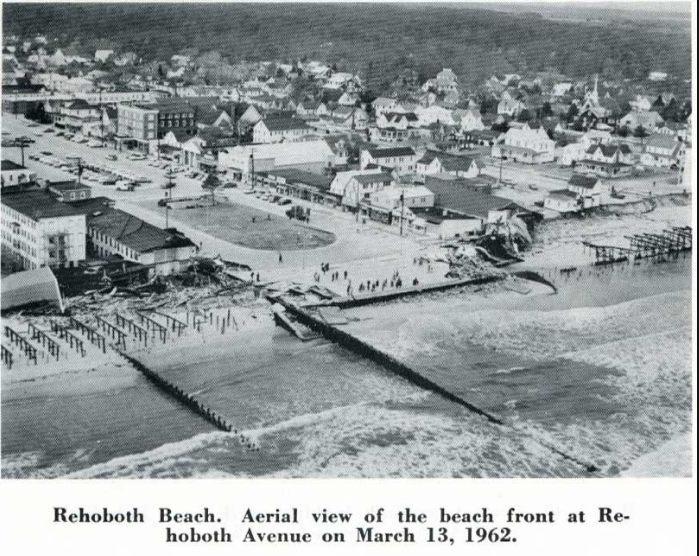
Imminent collapse was the warning of the DelDOT workers who shut it down. With this bridge's unbelievable history - averaging one bridge collapse per decade - it's crazy to me that they continued to press on.

The first span of the latest Indian River Inlet Bridge seemed to hold up for a bit, and Delaware added a second span in 1976. Traffic on the bridge was constantly heavy. The inlet was relentless, though, and the water scoured the bridge's supports wave after wave. This bridge would not be the brick house that the Big Bad Wolf could not break down.
By 1989, significant damage was noted and the bridge was declared "structurally deficient", with collapse possible after one more severe storm. Still, the bridge stayed in use. As traffic got heavier and heavier, over 14,000 travelers crossed each span every day.
If you grew up driving over this bridge, chances are you took several trips up and down each span, all while it was structurally deficient. How does that make you feel?
It took until 2005 (yes, 16 years after the declaration) for bridge officials to realize that collapse was imminent. The prediction was that between 2008-2013, the bridge was sure to fail.
By 1989, significant damage was noted and the bridge was declared "structurally deficient", with collapse possible after one more severe storm. Still, the bridge stayed in use. As traffic got heavier and heavier, over 14,000 travelers crossed each span every day.
If you grew up driving over this bridge, chances are you took several trips up and down each span, all while it was structurally deficient. How does that make you feel?
It took until 2005 (yes, 16 years after the declaration) for bridge officials to realize that collapse was imminent. The prediction was that between 2008-2013, the bridge was sure to fail.
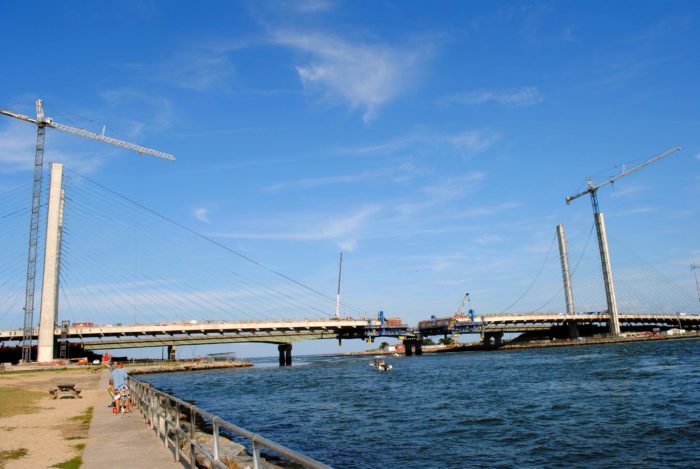
By 2006, the project was dead. Three years. We're on bridge number five for those keeping score at home. Engineers had begun to build the longest arch-span bridge in the world, but the exit ramps were unstable and the project had to be halted just three years after it began.
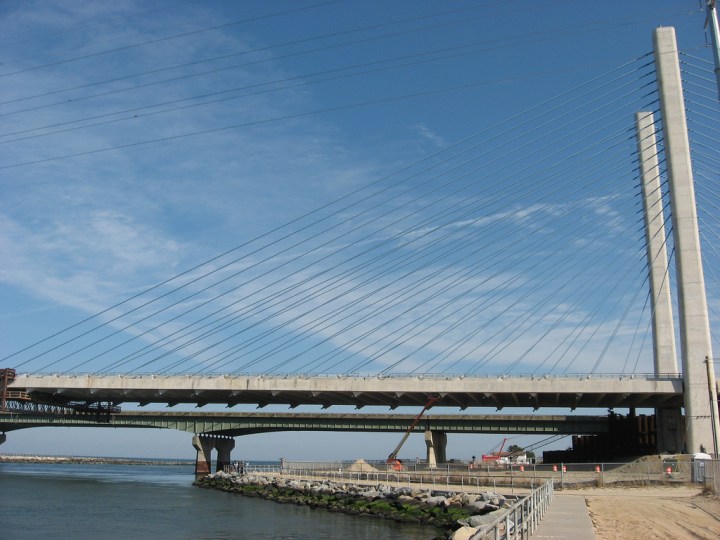
The project was delayed by a big fire in 2011 that caused some damage to the supports. Seriously.
But by August of 2011, one span was open. The following year, the South span was open, and the sixth Indian River Inlet Bridge was dedicated as the Charles Cullen Memorial Bridge.
But by August of 2011, one span was open. The following year, the South span was open, and the sixth Indian River Inlet Bridge was dedicated as the Charles Cullen Memorial Bridge.
Though it took over 75 years and six bridges to create a bridge that will safety carry travelers over the Indian River Inlet, it seems that this rendition is here to stay. It is predicted to last 100 years, though I’m not so sure I believe it. Maybe I’ll take the long way.
OnlyInYourState may earn compensation through affiliate links in this article. As an Amazon Associate, we earn from qualifying purchases.


